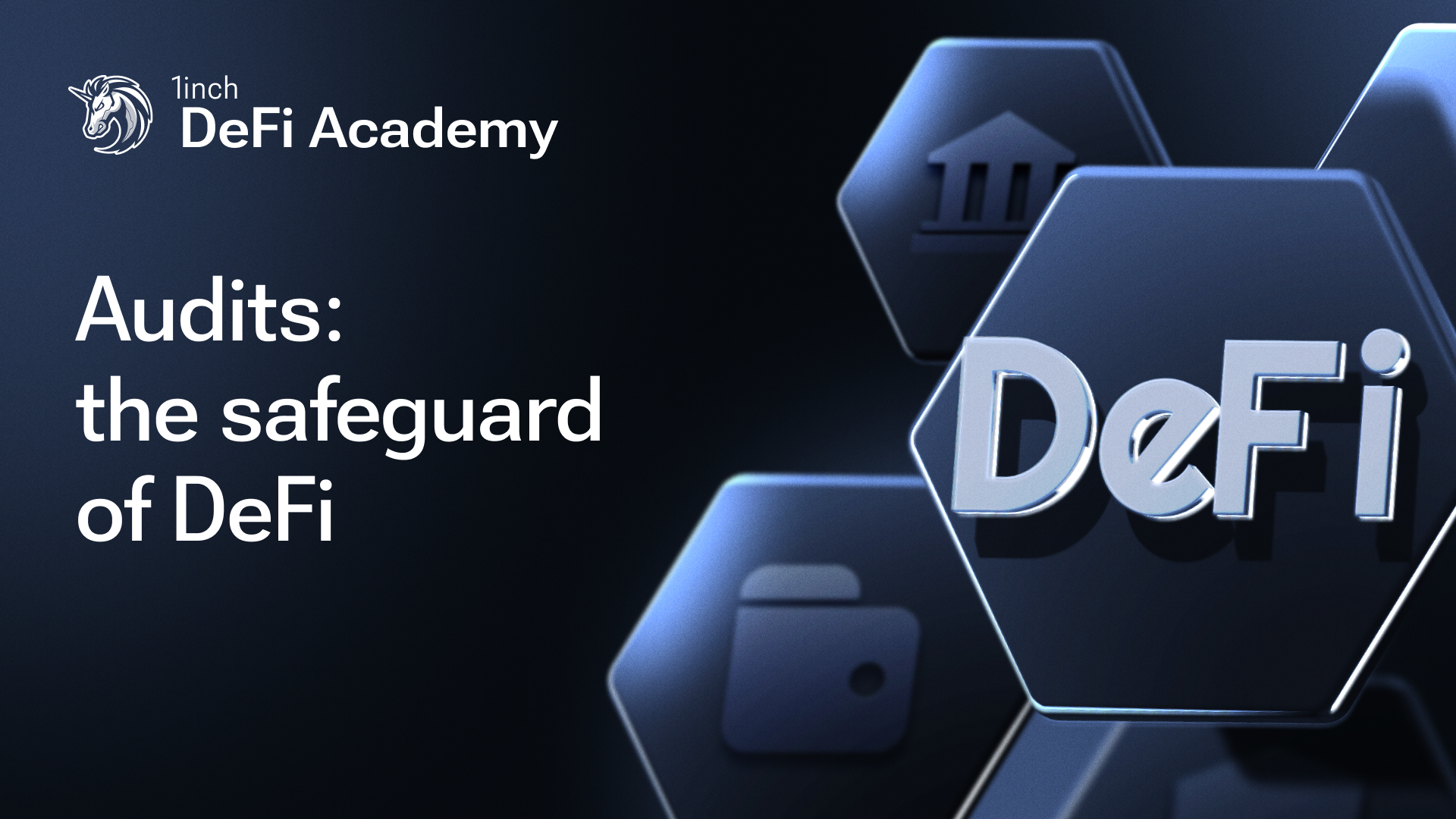Breaking down blockchain complexity: the roles of account and chain abstraction

Ethereum’s UX evolution is driven by two abstractions: one at user level, and one at infrastructure level.
As decentralized infrastructure matures, focus is shifting from raw functionality to usability. Two approaches gaining traction in this context are Account Abstraction (AA) and Chain Abstraction (ChA), each addressing different aspects of user experience. While similar in name, they operate at distinct layers of the blockchain stack and serve complementary roles. Understanding their differences and interplay offers useful insight into where decentralized technologies may be headed.
What is Account Abstraction?
Account Abstraction redesigns the way user accounts operate by introducing programmable, smart contract–based alternatives to traditional externally owned accounts (EOAs) - the default account type controlled directly by private keys. EOAs are limited: they offer no built-in support for custom authentication, recovery or logic, and require users to manage private keys and pay gas in ETH.
AA introduces accounts as smart contracts, unlocking flexibility in how users authenticate, manage keys, recover wallets, batch transactions and handle gas fees. This allows for a more secure and customizable user experience, especially for non-technical users.
Current implementations like ERC-4337 bring Account Abstraction to Ethereum without protocol changes, while longer-term designs like RIP-7560 explore integrating AA directly into the protocol.
What is Chain Abstraction?
Chain Abstraction aims to blur the boundaries between individual blockchains, allowing users and applications to interact across them without needing to manage or even recognize which chain they’re using. As the number of rollups and execution environments grows, ChA envisions a system where navigation between chains, asset transfers and fee management are automated or invisible – much like background infrastructure in modern cloud services.
Where they operate
AA operates on a per-chain basis, transforming how accounts behave within a single blockchain. It upgrades the account model without changing the chain’s consensus or execution rules.
ChA, in contrast, spans multiple chains and rollups. It builds the infrastructure required for cross-chain coordination and execution, aiming to let users and developers build on top of Ethereum without needing to manage network boundaries manually.
Technical foundations
The technical foundation of Account Abstraction, particularly in ERC-4337, includes smart contract wallets, user operations, bundlers (which relay and submit transactions) and paymasters (which can sponsor or redirect gas fees). Smart contract wallets define custom logic for execution, authentication and fee management, enabling flexible and secure user experiences beyond the limits of EOAs.
Chain Abstraction relies on infrastructure like cross-chain messaging protocols, relayers, shared sequencers, and scalable data availability (DA) layers. While not explicitly labeled in Ethereum’s official roadmap, these components align closely with its rollup-centric vision. Initiatives like proto-danksharding, DA scaling via blobs, and fast finality improvements are foundational to enabling the interoperability and coordination that Chain Abstraction requires.
Managing gas fees
AA lets users cover gas fees using non-native tokens or delegate the cost to a sponsor, removing the requirement to hold native tokens for every transaction.
ChA eliminates the need to handle gas payments separately for each chain. It enables systems where users can transact across networks while the platform handles fees in the background – either through a unified payment logic or protocol-level abstractions.
Smart contract interaction
With AA, users can batch multiple contract calls, use non-standard authentication methods (such as passkeys or multisig) and delegate permissions – all managed within a smart contract wallet.
ChA enables dApps to coordinate actions that span multiple chains through a single user interaction. This involves cross-chain execution, message validation and sometimes settlement synchronization – all handled under the hood, while presenting a unified frontend experience.
What problems do they solve?
Account Abstraction addresses longstanding UX issues like insecure key storage, lack of account recovery options, rigid transaction models and gas payment friction. It provides a more customizable, user-friendly foundation for on-chain identity and interaction.
Chain Abstraction simplifies application and user interaction across fragmented networks by coordinating execution and messaging behind the scenes. Users are often required to bridge assets, manage wallets on several chains and keep track of multiple gas tokens. ChA removes these burdens, making cross-chain usage as intuitive as operating on a single network.
Practical use cases
Account Abstraction enables features like social recovery, gasless onboarding, batched DeFi interactions and flexible authentication logic, including the option to integrate with Web2-style login systems via third-party tools. It offers a foundation for building secure, customizable and user-friendly on-chain experiences.
Chain Abstraction supports seamless interactions across chains, powering use cases such as cross-rollup swaps, multichain liquidity routing and unified dApp flows that span different networks. It reduces complexity for both users and developers by removing the need to manage chain-specific logic and gas handling.
Account Abstraction and Chain Abstraction are not mutually exclusive – they solve different problems at different layers. AA redefines how users interact with the blockchain. ChA redefines where that interaction takes place, making chain boundaries less relevant.
As Ethereum scales through rollups and protocol advancements, these abstractions will play a key role in turning complex infrastructure into intuitive, accessible user experiences.
Stay tuned for more insights from 1inch as we explore the latest trends in DeFi!




























